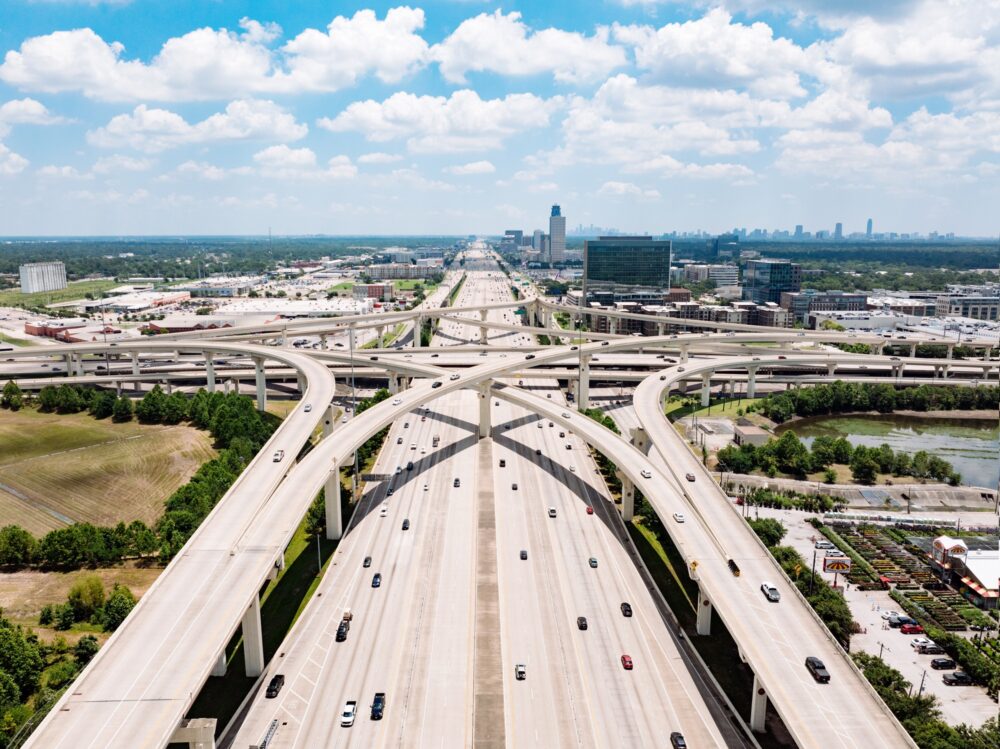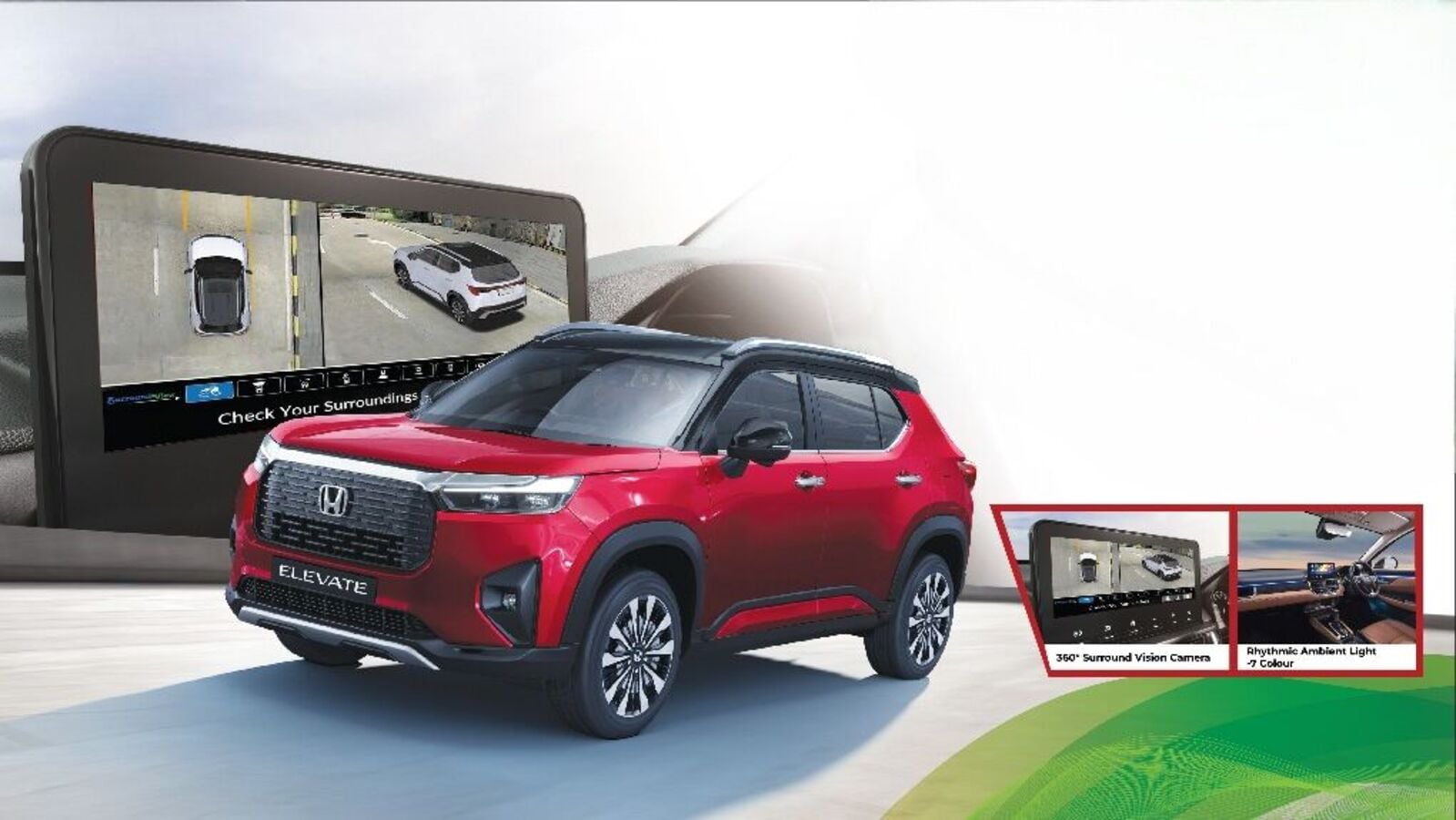24 July 2025

Consumer spending and finance payments are on track to break records in the US during July. This comes as new-vehicle retail sales grow. But have external factors influenced these results? The latest forecast from J.D. Power reviews the market performance.
Over 1.38 million new vehicles are projected to take to US roads in July 2025, marking an increase of 3.2% year on year. There are 26 selling days in July 2025, one more than July 2024. Comparing the same sales volume without adjusting for the number of selling days equates to an increase of 7.4% from 2024.
The seasonally adjusted annualised rate (SAAR) for total new-vehicle sales is expected to be 16.4 million units. This would be an improvement of 0.8 million units year on year.
Retail sales of new vehicles are forecast to reach nearly 1.16 million in July. This would represent a 4.1% growth from the same month last year. Comparing the figure without adjusting for the number of selling days translates to an increase of 8.2%.
Sales patterns disrupted
‘July retail sales are projected to finish 4.1% higher than a year ago but interpreting that gain requires care due to events both last year and this year that disrupted normal monthly sales patterns,’ explained Thomas King, president of the data and analytics division at J.D. Power.
There are two timing-related factors to consider. Firstly, results from one year ago were affected by a dealer software outage in June 2024.
This caused 85,000 sales that should have occurred in that month to shift back into July and August 2024. Consequently, this makes year-on-year comparisons appear weaker than the actual performance.
Secondly, the tariff-related pull-ahead of 173,000 sales into March and April of this year is now being paid back. This will deflate July 2025 results.
‘July results are also being impacted by lower-than-normal incentive escalation by manufacturers,’ stated King.
‘Instead of discounts rising as they normally would at this time of year, incentive spending has edged down to 6.1% of the manufacturer’s suggested retail price (MSRP) in July from 6.3% in January, reflecting the cost pressure that manufacturers are under due to tariffs.’
Moreover, it was announced that federal credits of up to $7,500 (€6,399) on electric vehicles (EVs) will expire on 30 September. This is causing many buyers to accelerate their purchases.
Ultimately, the retail sales growth in July is strong at first glance. It is even more impressive after these factors are considered.
Rising transaction prices
The average new-vehicle retail transaction price in July is expected to reach $45,063. This would equate to a rise of $938 or 2.1% year on year. The average manufacturer incentive per vehicle is on track to reach $3,051 in July, an increase of $273 from the previous month. Compared to one year ago, this would be an increase of $52.
However, expressed as a percentage of MSRP, incentive spending is currently at 6.1%, a decrease of 0.1 percentage points (pp) from July 2024.
Total retailer profit per unit, which includes vehicle gross plus finance and insurance income, is expected to be $2,257. This is up $23 from July 2024 but down $52 from June. Total aggregate retailer profit from new-vehicle sales for this month is projected to be $2.5 billion. This would be a 10.1% growth from July 2024.
‘The elevated sales pace, combined with strong average transaction prices, means consumers are on track to spend nearly $49.8 billion on new vehicles this month,11.3% higher than a year ago and the highest on record for July,’ highlighted King.
Higher prices translate to higher monthly loan payments. Average monthly finance payments in July are on track to reach $742. This marks an increase of $12 from July 2024 and is also the highest on record for the month.
The average interest rate for new-vehicle loans currently stands at 6.54%. This is a decrease of 30 basis points (one basis point is equal to 0.01%) from one year ago. Finance loans with terms greater than, or equal to, 84 months are expected to account for 11.6% of finance sales this month, up 2.7pp from July 2024.
Declining fleet sales
Fleet sales are projected to decline by 0.8% year on year. This comes as manufacturers continue to prioritise retail buyers over the historically less-profitable fleet channel.n
‘The average used-vehicle price is trending towards $29,514, up $896 from a year ago. This reflects the combination of reduced supply of recent model-year used vehicles, due to lower new-vehicle production during the pandemic, fewer lease maturities and manufacturers moderating discounts,’ said King.
‘The rise in used prices is good news for new-vehicle buyers trading in their used-vehicle, but is merely offsetting the higher loan balances that exist on vehicles being traded in.’
Average trade-in equity in July sits at $7,984, down $4 from a year ago. The number of new-vehicle buyers with negative equity on their trade-in is expected to reach 25.5%. This would be an increase of 1.9pp from July 2024.
August figure distortion expected
‘August results will again require cautious interpretation. The 2024 dealer software outages that suppressed June sales and inflated volumes in July and August will again distort year-over-year comparisons,’ commented King.
‘At the same time, the payback from this year’s tariff-driven pull-ahead in March and April will continue to weigh on August sales, although at a much more diminished level. Pricing and incentive decisions formed by tariff expectations will also affect the sales pace.’
On average, tariffs are adding $4,275 per vehicle. However, the effects on individual models vary widely.
‘Despite this, most price increases have remained modest, with some models seeing little to no change. Additional price adjustments are expected through the fall season, especially as new model-year vehicles launch, but final pricing strategies may not emerge until after year-end sales events,’ he forecasted.
Sales details
- Fleet sales are expected to total 220,980 units in July, down 0.8% from July 2024. Fleet volume is expected to account for 16% of total light-vehicle sales, down 4.0pp from one year ago.
- Internal combustion engine vehicles are projected to account for 74% of new-vehicle retail sales, a decrease of 3.7pp from one year ago.
- Plug-in hybrid vehicles (PHEVs) are on pace to make up 2.2% of new-vehicle retail sales, up 0.2pp from July 2024
- Battery-electric vehicles (BEVs) are expected to account for 10.9% of new-vehicle retail sales, up 1.6pp from one year ago
- Full-hybrids are expected to account for 13.9% of new-vehicle retail sales, up 2.9pp from July 2024.
- US final assembly vehicles are expected to make up 54.7% of sales in July, up 3.9pp from one year ago.
- Trucks and SUVs are on pace to account for 82.3% of new-vehicle retail sales, up 2.3pp from July 2024.
Retail details
- Retail inventory levels are currently at 2.19 million units, a 28.4% increase from one year ago.
- The industry’s inventory days of supply is 60 days in July, up from 49 days in July 2024.
- The average new-vehicle retail transaction price in July is expected to reach $45,063, up $938 from one year ago.
- Transaction price as a percentage of MSRP increased to 89.6%, down 0.5pp from July 2024.
- Retail buyers are on pace to spend $49.8 billion on new vehicles, up $5 billion from one year ago.
- Average incentive spending per unit in July is expected to rise to $3,051, up $52 from July 2024.
- Spending as a percentage of the average MSRP is expected to decrease to 6.1%, down 0.1pp from one year ago.
- Average incentive spending per unit on trucks and SUVs in May is expected to be $3,257, up $108 from July 2024, while average spending on cars is expected to be $2,043, down $341 from a year ago.
- Leasing is expected to account for 22.0% of sales this month, down 2.1pp from one year ago.
Dealer details
- The average time a new vehicle remains in the dealer’s possession before sale is expected to be 50 days in July, up from 47 days in July 2024.
- 29.6% of vehicles sold in less than 10 days in July, down 2.8pp from one year ago.
- Average monthly finance payments are on pace to be $742, up $12 from July 2024.
- The average interest rate for new-vehicle loans is expected to be 6.54%, down 30 basis points from one year ago.
- So far in July, average used-vehicle retail prices are $29,514, up $896 from July 2024.
- Trade-in equity is trending towards $7,894, which is down $4 from one year ago.
- 25.5% of trade-ins are expected to carry negative equity this month, an increase of 1.9pp from July 2024.
- Finance loans with terms greater than or equal to 84 months are expected to reach 11.6% of finance sales this month, up 2.7pp from one year ago.
Uptick in EV demand
‘The EV market is experiencing a sharp uptick in demand as consumers rush to take advantage of the $7,500 federal incentive before it expires on 30 September,’ outlined Tyson Jominy, senior vice president of data and analytics at J.D. Power.
July marks the first month of this surge, with EVs projected to hit 10.9% retail share, up 1.9pp from June. It’s also the first time this year that the segment has reached double digits.
Despite the momentum, inventory constraints may soon emerge. June ended with 213,000 EVs in dealer stock, representing a 65-day supply.
‘However, with automakers anticipating a slower fourth quarter, reducing imports due to tariffs, and ramping up marketing and incentives, top EV models could soon become scarce,’ forecasted Jominy.
‘Interestingly, this EV sales burst has not cannibalised hybrid demand. Traditional hybrid share is forecast to be 13.9% this month. This is flat from June but up 2.9pp from July 2024. Meanwhile, PHEVs are benefitting from similar dynamics as BEVs, with market share forecast to end at 2.2%, up 0.2pp from a year ago,’ he concluded.





